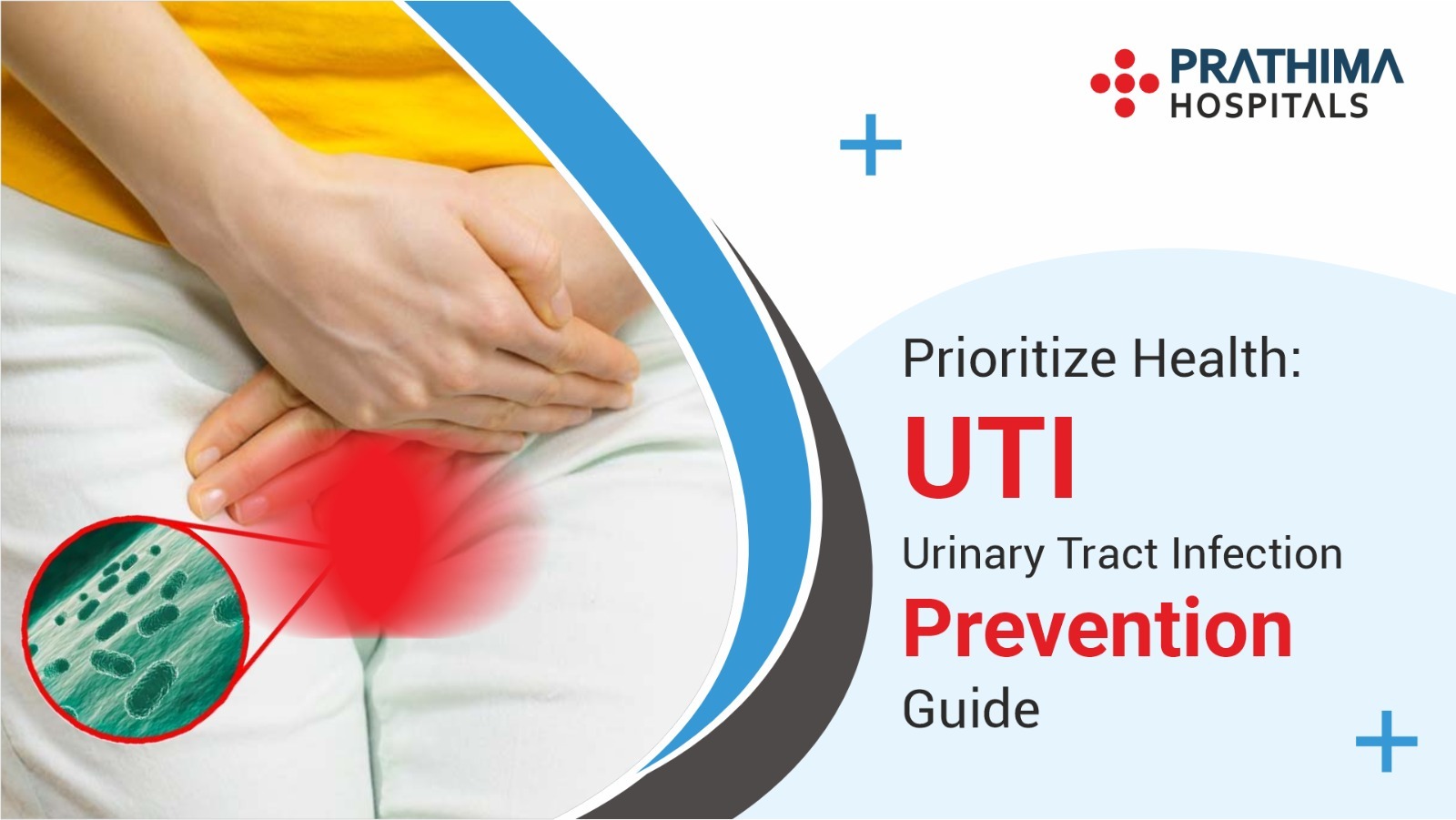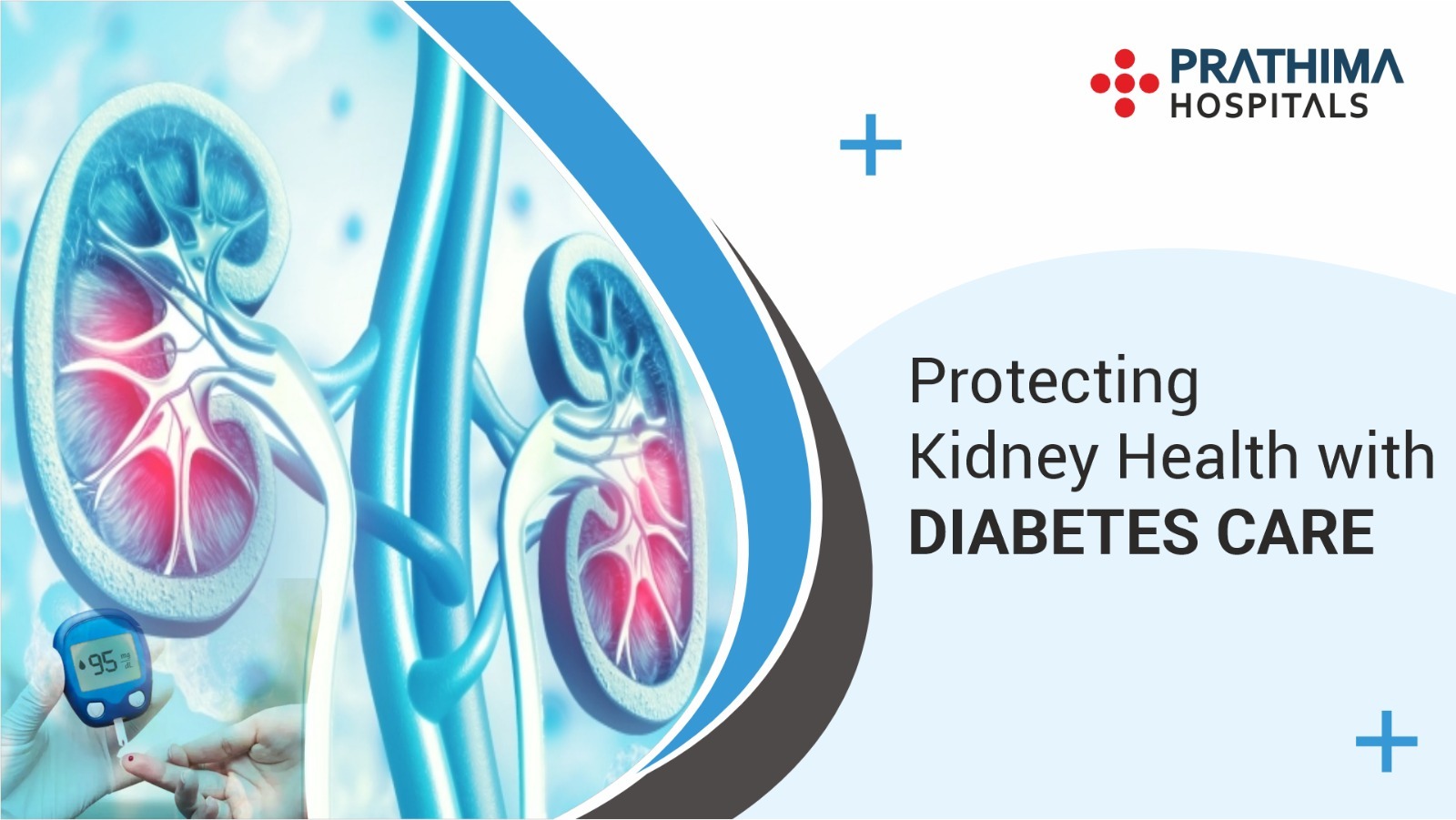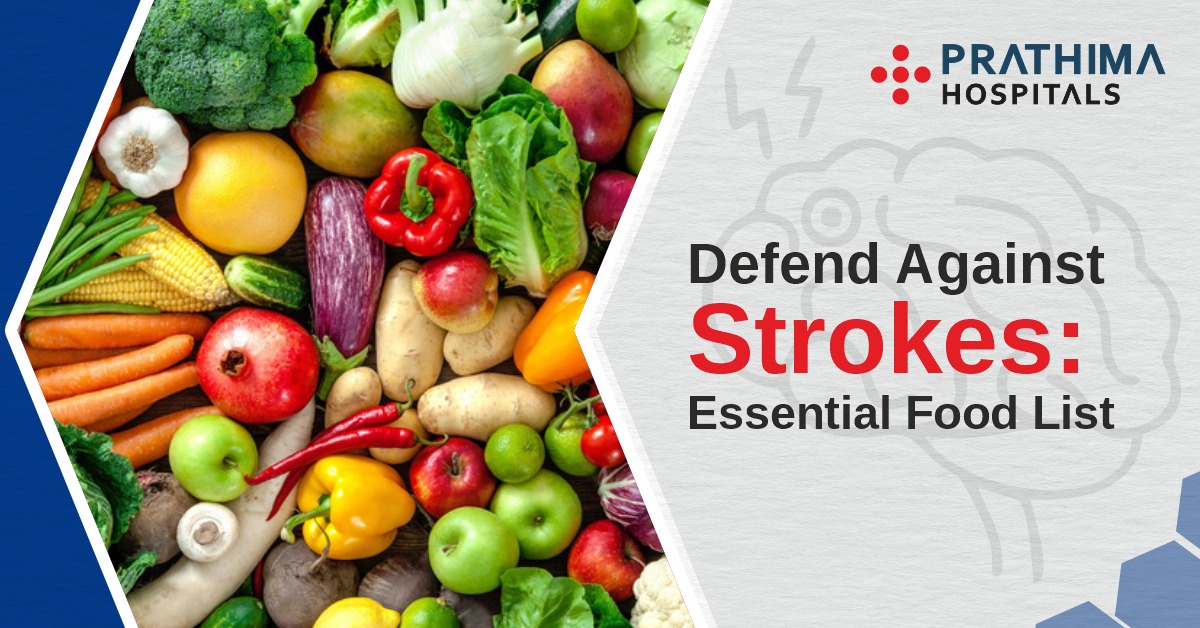Understanding Chronic Obstructive Pulmonary Disease (COPD): Prevention, Management, and Hope on World COPD Day 2023

World COPD Day 2023
Introduction:
World COPD Day is a global event held each year to raise awareness about Chronic Obstructive Pulmonary Disease (COPD). As per the Pulmonologist in Hyderabad this chronic and progressive lung disease affects millions of people worldwide, often leading to debilitating symptoms and a reduced quality of life. In this comprehensive article, we will explore the various aspects of COPD, including its causes, risk factors, symptoms, diagnosis, treatment options, and prevention strategies. By delving into the world of COPD, we hope to shed light on this prevalent yet often misunderstood condition and provide hope for those living with it.
I. What is COPD?
Chronic Obstructive Pulmonary Disease (COPD) is a group of lung diseases that cause breathing difficulties due to airway obstruction. The two most common conditions within the COPD category are chronic bronchitis and emphysema, both of which damage the airways and alveoli in the lungs.
A. Chronic Bronchitis:
Chronic bronchitis is characterized by persistent inflammation and narrowing of the bronchial tubes (airways) in the lungs. This inflammation leads to increased mucus production, causing a chronic cough and difficulty breathing.
B. Emphysema:
Emphysema is marked by damage to the air sacs (alveoli) in the lungs, reducing their elasticity and ability to exchange oxygen and carbon dioxide effectively as per the Pulmonologist in Kachiguda. This results in shortness of breath and a feeling of air trapping within the lungs.
II. Causes and Risk Factors
Understanding the causes and risk factors of COPD is essential for prevention and early intervention.
A. Smoking:
Cigarette smoking is the leading cause of COPD. It’s estimated that around 85-90% of COPD cases are directly linked to smoking. The toxic chemicals in tobacco smoke induce inflammation & damage to the lungs over time.
B. Environmental Exposures:
Occupational exposure to lung irritants, such as dust, chemical fumes, and pollution, can contribute to the development of COPD. People who work in certain industries, like mining, construction, or manufacturing, are at higher risk.
C. Genetics:
A rare genetic condition known as alpha-1 antitrypsin deficiency can predispose individuals to COPD as per the Pulmonologist in Kukatpally. This genetic deficiency reduces the ability of the lungs to protect themselves from damage.
D. Respiratory Infections:
Recurrent respiratory infections, particularly in childhood, can increase the risk of developing COPD later in life.
III. Symptoms
COPD often progresses slowly, and symptoms may not become apparent until significant lung damage has occurred. Its typical or Common symptoms include they are as follows:
A. Chronic Cough:
Many of us doesn’t know about a persistent cough is one of the earliest signs of COPD, often accompanied by mucus production.
B. Shortness of Breath:
Individuals with COPD may encounter breathlessness, particularly during physical exercise. Over time, even routine activities can become challenging, it will be seen in elderly people but whoever has COPD they can showcase these signs.
C. Wheezing:
Wheezing, a high-pitched whistling sound when breathing, is a common symptom of airway obstruction in COPD, so with this you can understand a person is in this chronic disease.
D. Chest Tightness:
A feeling of tightness or discomfort in the chest is another common complaint among people with COPD.
E. Frequent Respiratory Infections:
COPD increases the susceptibility to respiratory infections, such as bronchitis and pneumonia.
F. Reduced Exercise Tolerance:
As the disease progresses, individuals may find it increasingly difficult to engage in physical activities, yes even .
G. Cyanosis:
In severe cases, lipto manages and fingertips may appear bluish due to low oxygen levels in the blood.
IV. Diagnosis
Diagnosing COPD typically involves a combination of medical history, physical examination, and diagnostic tests:
A. Medical History:
A doctor will inquire about the patient’s symptoms, risk factors, and smoking history to evaluate the likelihood of COPD.
B. Physical Examination:
A thorough physical examination, including lung function assessment, can help identify signs of COPD.
C. Spirometry:
As per the Pulmonologist in KPHB,spirometry is the most common lung function test used to diagnose COPD. It measures how much air a person can exhale and how quickly. A reduced FEV1 (forced expiratory volume in one second) to FVC (forced vital capacity) ratio is a hallmark of COPD.
D. Imaging:
Chest X-rays and CT scans can help identify lung damage and rule out other lung conditions as well.
E. Blood Gas Analysis:
Arterial blood gas analysis measures oxygen and carbon dioxide levels in the blood, providing information about how well the lungs are functioning.
V. COPD Staging
COPD is categorized into stages based on the severity of the disease. The most commonly used system is the Global Initiative for Chronic Obstructive Lung Disease (GOLD) classification, which ranges from Stage I (mild) to Stage IV (very severe).
VI. Treatment Options
Prathima Hospitals, one of the best hospitals in Hyderabad, provides a number of treatment options for people with chronic obstructive pulmonary disease in order to manage symptoms, slow disease progression, and improve quality of life.
A. Smoking Cessation:
The most effective intervention for slowing the progression of COPD is to quit smoking. Smokers who quit can significantly reduce the rate of lung function decline.
B. Medications:
- Bronchodilators: These medications relax the airway muscles and improve airflow. They are often delivered via inhalers (or) nebulizers.
- Inhaled Corticosteroids: They help reduce inflammation of the lungs, and are often used along with bronchodilators to reduce airway obstruction.
- Phosphodiesterase-4 Inhibitors: These medications reduce inflammation and relax the airways.
C. Pulmonary Rehabilitation:
Pulmonary rehabilitation programs offer a combination of exercise, education, and support to help individuals with COPD improve their lung function, increase exercise tolerance, and better manage their condition.
D. Oxygen Therapy:
In cases of severe COPD, supplemental oxygen therapy may be prescribed by Pulmonologist in Kachiguda to maintain adequate oxygen levels in the blood.
E. Surgical Interventions:
- Lung Volume Reduction Surgery (LVRS): LVRS removes damaged lung tissue, allowing the remaining healthier lung tissue to function more efficiently.
- Lung Transplant: In severe cases, a lung transplant may be considered when other treatments are ineffective.
F. Vaccinations:
Yearly flu shots and pneumococcal vaccines are recommended for individuals with COPD to reduce the risk of respiratory infections.
VII. Lifestyle Modifications
Several lifestyle changes can help individuals with COPD manage their condition and improve their quality of life:
A. Exercise:
Regular physical activity, under the guidance of a healthcare provider, can improve lung function and overall health. Aerobic workouts, strength exercise, & flexibility activities are beneficial.
B. Diet:
A well-balanced diet rich in fruits, vegetables, lean proteins, and whole grains can support overall health and energy levels.
C. Hydration:
Staying well-hydrated helps thin mucus and reduce the risk of respiratory infections.
D. Breathing Techniques:
Learning specific breathing techniques, such as pursed-lip breathing, can help individuals with COPD control their breathing and reduce shortness of breath.
VIII. Managing COPD Exacerbations
COPD exacerbations are sudden worsening of symptoms and can be triggered by respiratory infections or other factors. Early recognition and prompt treatment are essential to manage exacerbations effectively.
IX. COPD and Mental Health
Living with COPD can be emotionally challenging. The chronic nature of the disease, coupled with the physical limitations it imposes, can lead to anxiety and depression. Seeking support from healthcare providers, support groups, or mental health professionals can help individuals cope with these emotional challenges.
X. Prevention and Hope
COPD primarily involves avoiding smoking and reducing exposure to lung irritants in the workplace or environment. Individuals can take control of their health by quitting smoking, seeking early diagnosis and intervention, and adhering to their treatment plans.
With ongoing research and advancements in COPD management, there is hope for a brighter future for those living with this condition. Innovations in medications, therapies, and interventions are continuously improving the quality of life and prognosis for individuals with COPD.
Conclusion:
World COPD Day serves as a reminder of the global impact of Chronic Obstructive Pulmonary Disease and the importance of raising awareness about this prevalent condition. By understanding the causes, risk factors, symptoms, diagnosis, treatment options, and prevention strategies, we can work towards better managing and ultimately preventing COPD.
Living with COPD presents various challenges, but it is possible to lead a fulfilling life with the condition as per the Pulmonologist in Kukatpally. Through smoking cessation, medical interventions, lifestyle modifications, and emotional support, individuals with COPD can improve their quality of life and look forward to a future with hope and optimism. As we commemorate World COPD Day, let us renew our commitment to spreading awareness, providing support, and fostering a brighter outlook for those affected by COPD.
.
.
.
.
.
For More Details:
📞:: 733 733 6600 | 040 4345 4345
🌐:: https://prathimahospitals.com/book-appointment/





